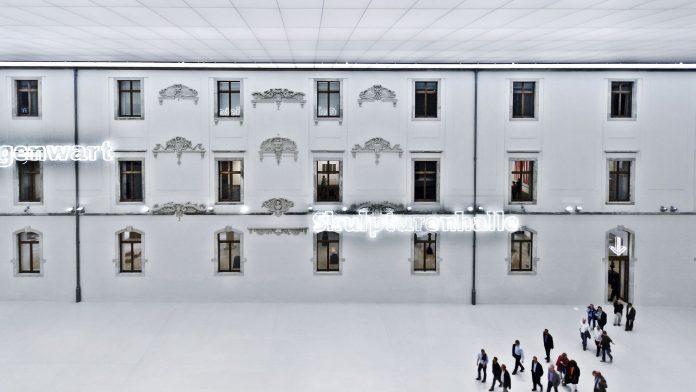[ad_1]
What exactly is modern art? And when does this era begin? The questions are not easy. Many interesting museums try to find answers and show the wealth of methods, performance types and experimental displays created in the 20th and 21st centuries.
Museum Ludwig Cologne: Hot spot for fans of Pop Art and Picasso
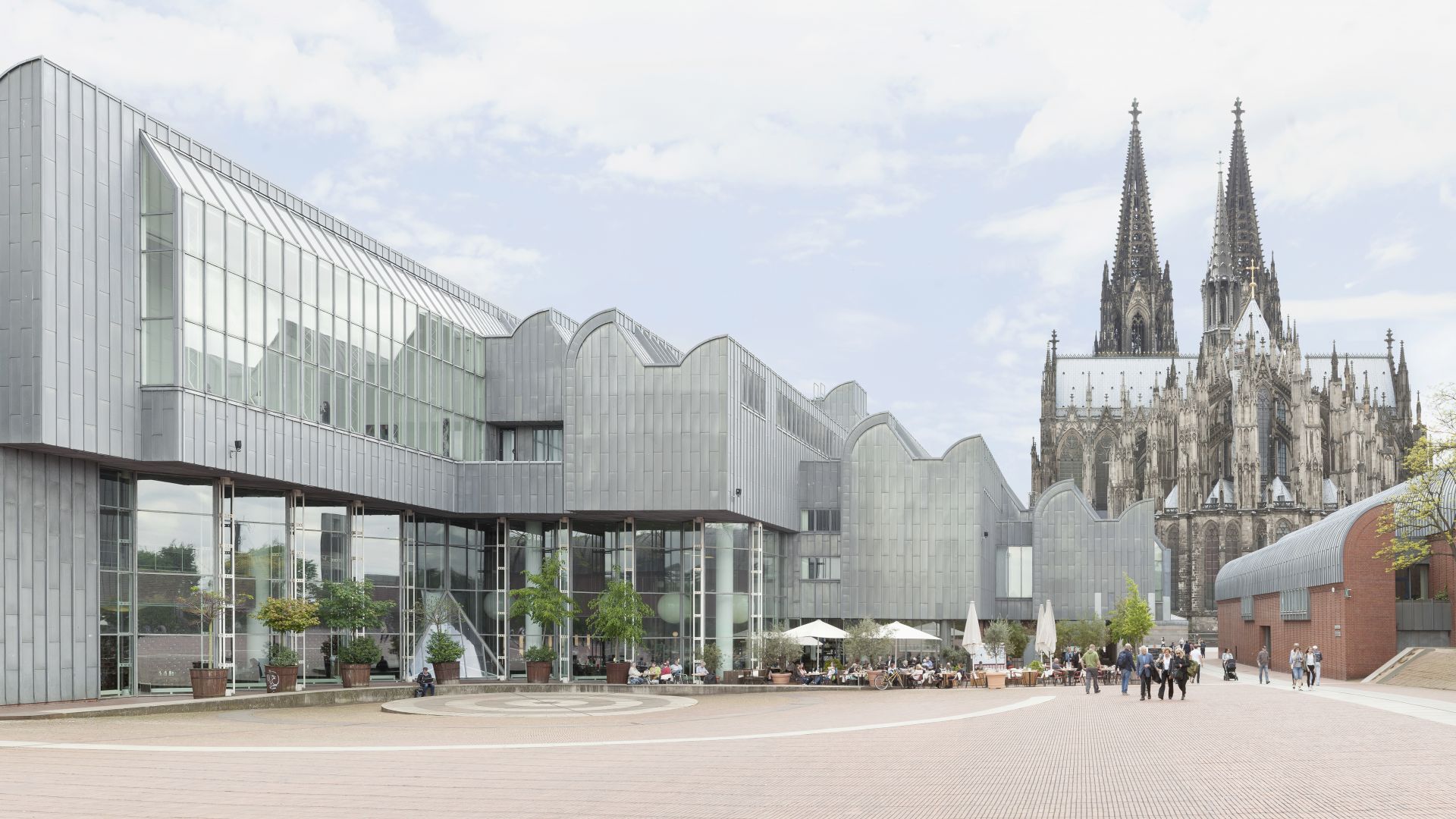
Cologne: Ludwig Museum and Cologne Cathedral
©Museum Ludwig (Photo AR + Photo Thomas Riehle)
If you want to admire the largest collection of American Pop Art outside the USA, the museum near the Cologne Cathedral, founded by founders Peter and Irene Ludwig, is the right place for you. Real paintings in a bright, fun style hang here, like “M-Maybe” by Roy Lichtenstein or “Great American Nude No” by Tom Wesselmann. 98” along with other great works by Andy Warhol, Jasper Johns and Co. The museum is also dedicated to other artistic movements of the 20th and 21st centuries. In addition to one of the largest Picasso collections in the world (including the painting “Harlequin with Thoughtful Hands” ), this work also includes important expressions from the Russian avant-garde and abstract expressionism, from Mark Rothko to Jackson Pollock. Other assets include a collection of approximately 70,000 works in the history of photography and the Haubrich collection. The donation from the Cologne lawyer Josef Haubrich shows important works of German Expressionism and New Objectivity, including the paintings “Doctor Hans Koch” by Otto Dix and “Half-Nude with Hat” by Ernst Ludwig Kirchner together with works. by Marc Chagall and Max Beckmann and Paula Modersohn-Becker. A lot of art makes you think. With the Digital Creative Laboratory, POP Lab and other studios, visitors can let their imaginations run wild…
Schirn Kunsthalle Frankfurt: Temporary exhibitions at the highest level
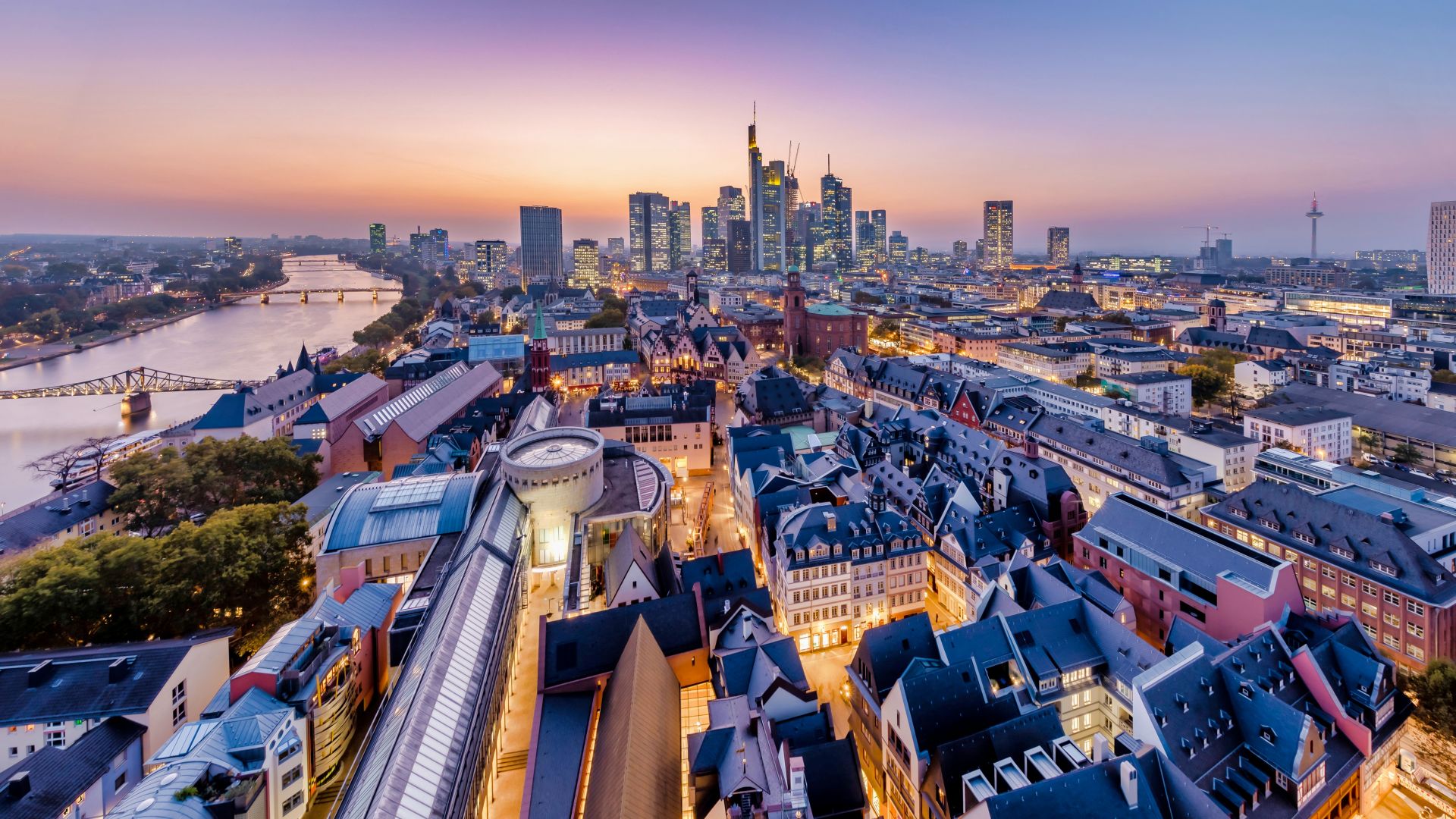
Frankfurt am Main: Skyline at sunset from the cathedral
©#visitfrankfurt (David Vasicek)
Schirn Kunsthalle, “Die Schirn”, located in the old town of Frankfurt between Römerberg and Kaiserdom, is considered one of the most famous exhibition halls of modern and contemporary art in Europe. He has earned this reputation through his productions, publications and exhibition collaborations with other top institutions such as the Center Pompidou, the Tate Gallery and the Museum of Modern Art. In general it is the unique thing: the structure of the building, which is made of light sandstone and has many nesting structures, the most impressive part is the rotunda crowned with glass, it has no collection of it. Instead, the designers organize and show exhibitions and temporary projects with selected themes or the work of individual artists around 2,000 square meters of exhibition space – and with the intelligence made of digitalis. Since its opening in 1986, some 250 exhibitions have been attended by more than nine million art lovers. Among the most famous were programs about Edvard Munch, Wassily Kandinsky, Henri Matisse and bohemian Paris around 1900.
ZKM Center for Art and Media Karlsruhe: A unique cultural institution
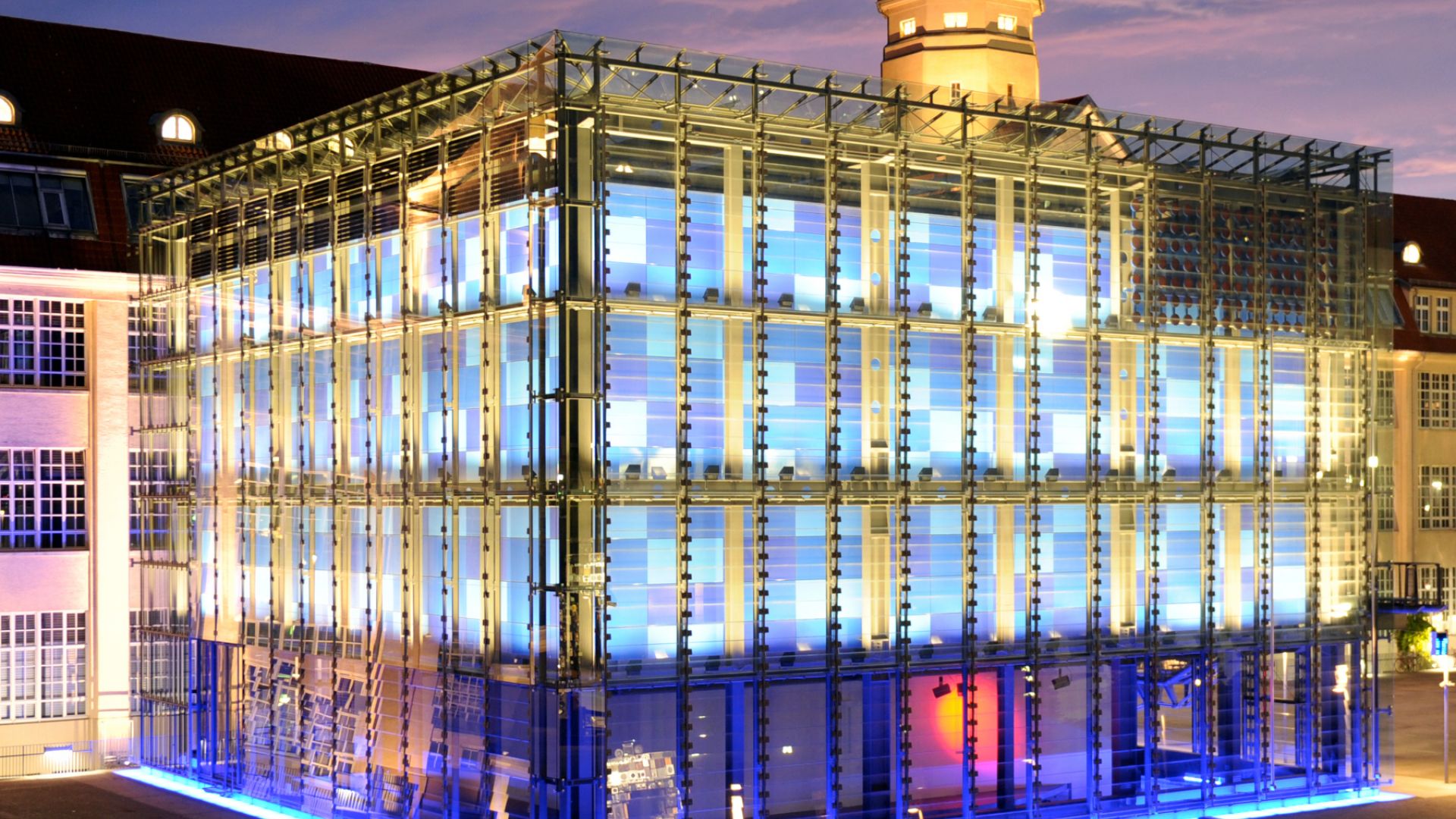
Karlsruhe: Institute of Art and Media Technology (ZKM)
©ZKM | Art and Media Center Karlsruhe (Uli Deck)
The Center for Art and Media Technology, or ZKM for short, founded in 1989, is one of the most unusual places in Karlsruhe – and a world museum. The way the collective art is displayed here and the many different genres linked together is unique. A huge amount of resources only! On the other side there is the Museum of New Images, the Museum of Media, the Library of Media, the Theater and the Laboratory of Old Video Systems. In total, the ZKM collection includes about 9,000 works of art from the 20th and 21st centuries, as well as several thousand video and audio tapes. On the other hand, research and experiments are also carried out under the roof of the first listed factory, which is divided into ten atriums, for example at the Institute for Visual Media and the Institute for Music and Acoustics. (Guest) artists from all over the world are given a suitable production space to experiment with the latest technologies. In general, people try their best, often together with painting, photography and sculpture, dancing, playing sports, acting and much more. In short: everything comes together. Visitors are excited because they can explore amazing videos, music and lighting equipment, computer-aided spaces, interactive and immersive spaces – keyword virtual reality – as well as completely new exhibition formats. in over 15,000 square meters of exhibition space.
Albertinum Dresden: Modern classics
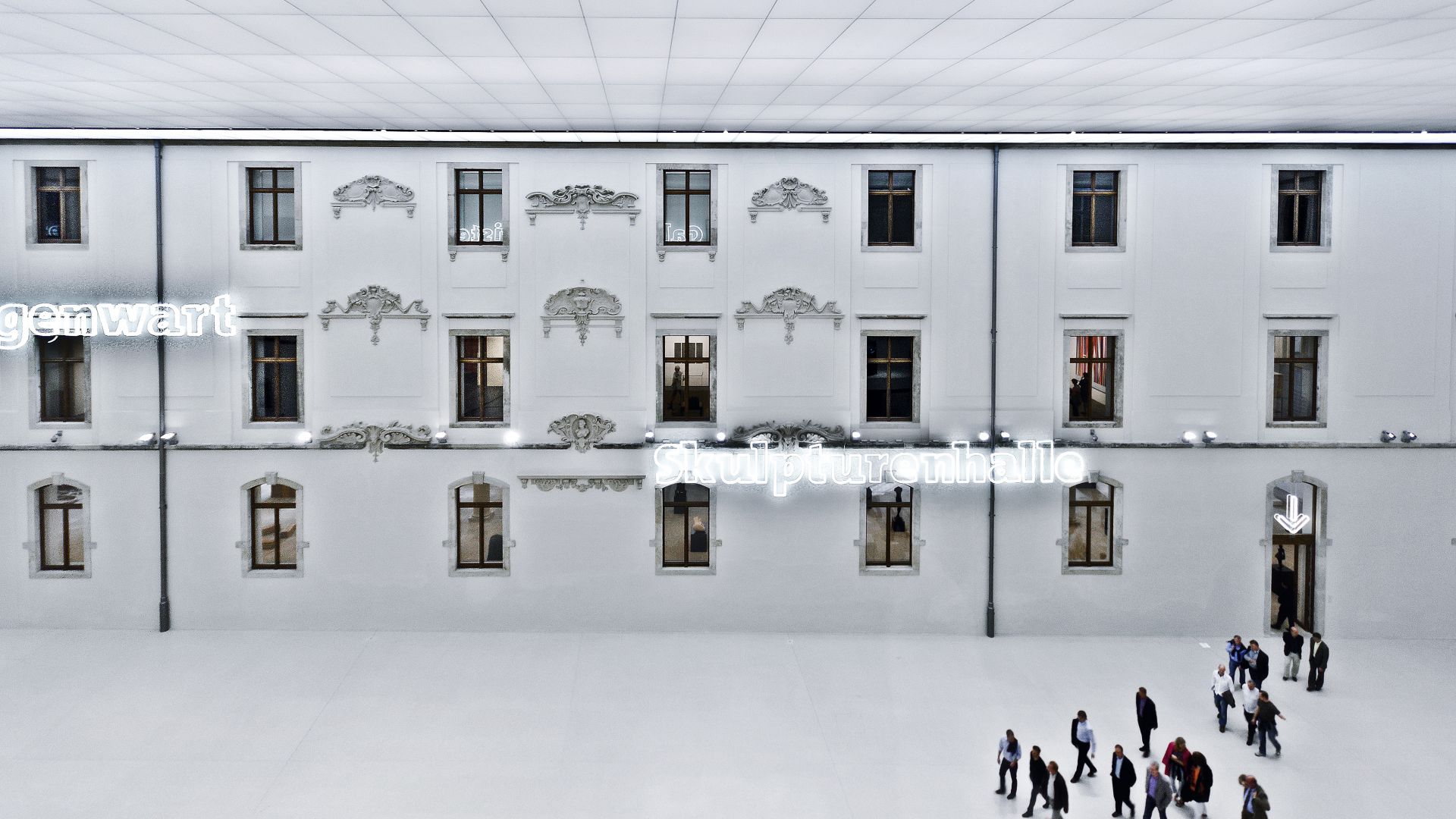
Dresden: Atrium in the Albertinum
©Lookphotos (Travel Collection)
Located next to the Elbe directly on the Brühl Terrace, a tall Renaissance building was built at the end of the 19th century: the Albertinum, named after King Albert of Saxon. At the beginning of the 21st century, major restoration work followed after the 2002 flood, including the installation of a depot and rehabilitation exercises. Since then, these have been floating 17 meters above the light-filled inner courtyard as an “art ark”. The most important change in terms of content when it reopened in 2010 (besides the relocation of the Green Vault to the Residenzschloss) was the merging of the Neue Meister art gallery with the art gallery. According to the slogan, “This is where painting and sculpture meet, East meets West and today meets tomorrow,” a tour of the new showrooms offers paintings and sculptures (important in (most notably include Wilhelm Lehmbruck’s “Who’s Kneeling”, Edgar Degas’ “Fourteen Years Old Dancer” and Auguste Rodin’s “The Thinker”) frequently discussed. This also applies to special exhibitions, which mainly present modern things. Authentic works of painting, from 1800 to today, enhance the permanent exhibition. The who’s who of the high arts gather there with exhibitions from Caspar David Friedrich to Paul Gauguin, Vincent van Gogh, Max Slevogt and Georg Baselitz. The “War Triptych” by Otto Dix, one of the famous representatives of New Objectivity, as well as two rooms that permanently display the works of Gerhard Richter, who was born in Dresden, are particularly interesting.
[ad_2]


